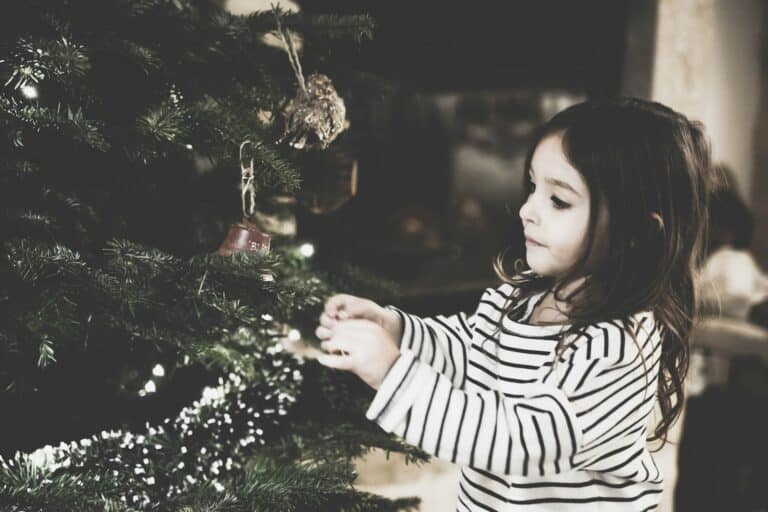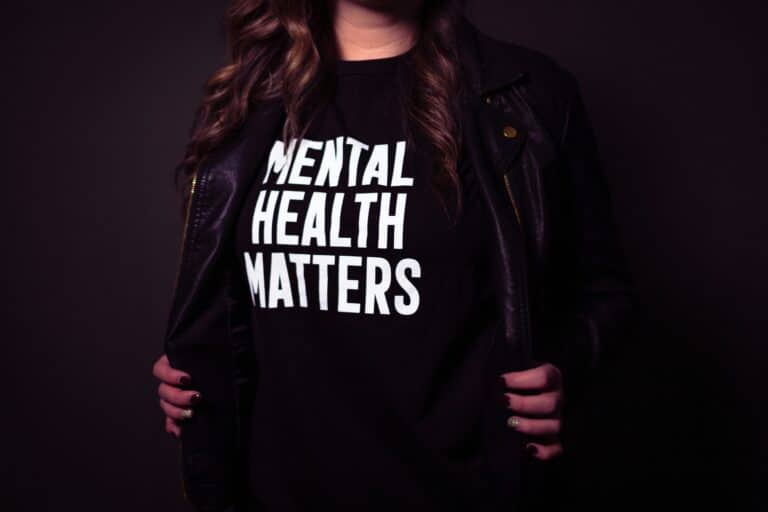What exactly is happening in our brains when we perform a ritual? Is there a benefit beyond making the ordinary extraordinary or simply marking an occasion?
We’ve all seen athletes carry out their rituals before they perform. Think Serena Williams when she ties her shoes the same way before every match. Or Lebron James’ pre-game chalk toss at the score-keepers table. Or the All Blacks infamous Haka, a Maori war dance performed before the start of each match.
Are these examples just superstitions and placebos, or is there actually a neurological reason why these rituals give our brains a boost?

It seems obvious that the repetitive nature of a ritual has a calming effect on the brain and the body, and that when our mind + body are calm, it lowers our heart rate and results in improved focus and concentration.
We know that when we’re in a state of anxiety and our sympathetic nervous system kicks in, performing certain tasks (beyond the fight or flight or freeze) becomes impossible.
When we’re anxious, stress hormones are released into our bodies, our tissues become inflamed and we’re ready to jump into action to deal with the imminent threat. So yes, it benefits us (and pro-athletes), to remain calm.
But interestingly for athletes, there’s a neural signal associated with performance anxiety and failure. It’s turned on when the possibility of failing is present. It’s been shown that activating this signal can be turned down after performing a specific ritual. So in other words, the presence of a ritual dampens the anxiety associated with performing and allows us to get out of our own way to just get the job done.
Athletes performing ritual pre-performance to reduce anxiety is one example – but what about everyday rituals that we incorporate into our lives – like the making of a specific cup of tea each afternoon. Or what about rituals that are performed after an event or after the death of a loved one. How do they affect the brain?
Rituals ask us to engage our pre-frontal cortex in order to organize, concentrate and focus on the task at hand and thereby give our brains and bodies a break from any intense emotions that they may be experiencing. When we engage the front part of our brain, we are able to turn down the heightened activity of our amygdala to help us remain calmer.
And anytime we can shift our attention from the limbic brain to the pre-frontal cortex, we’re doing ourselves a favour. We’re able to zoom out, to get perspective and to focus on something other than anxiety or grief. It’s not that rituals ask us to negate or ignore our emotions, but rather that they create a framework or a container for them.

“Ritual is deeply rooted in the neuroscience behind conditioning and habit-forming. Put simply, using external cues like the lighting of a candle, the scent of tea…or the waxing and waning of the moon, can create shortcuts in the brain that remind us of the state of mind or state of being that we want to be in when those external cues are used.”
Basically having a set of pre-planned and repetitive behaviours decreases anxiety and gives us a sense of perceived control. They give order to a world that seems chaotic and random at times and form a distraction that blocks negative thoughts. When negativity is dampened, it makes room for positive emotions like love and gratitude and we can slowly shift our focus.
In one study, researchers came to the conclusion that “Simple, novel rituals reduce anxiety, lower elevated heart rates, and improve performance–provided they are imbued with symbolic meaning.”
So the next time you intentionally create a ritual – whether it’s public or private, personal or performance-based – know that your brain is working with you to create a sense of regulated calm, control and peace.
Interested in learning more? Check out these resources for a deeper dive:
“If you want to harness the power of ritual for yourself, the most important thing to know is that your actions must be meaningful to you. Your ritual need not be public, social, or even celebratory. You can just set an intention, choose your ritual actions, and repeat, or you can take something you already value and enjoy and deliberately make it part of your day. Every day.”
Jessica Baron





